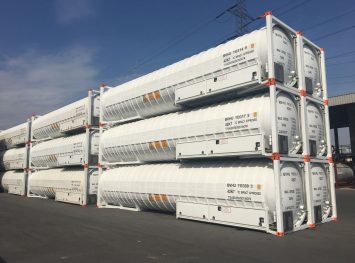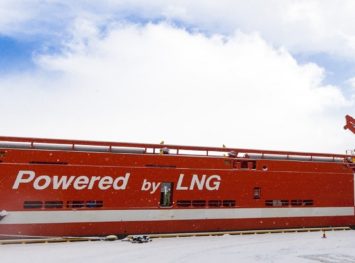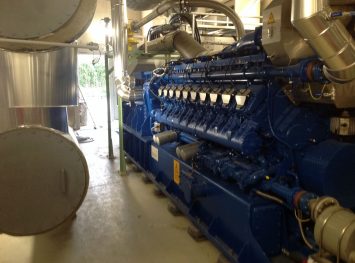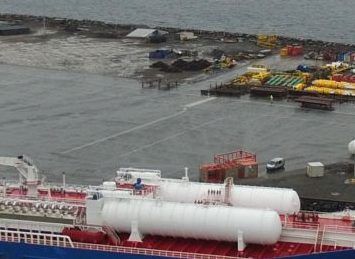
Gases
Industrial gases are gaseous materials that are manufactured for use in Industry as fuel, chemical feedstock or for some other purpose. The principal gases provided are nitrogen, oxygen, carbon dioxide, argon, hydrogen, helium and acetylene. Industrial gases are used in a wide range of industries, which include oil and gas, petrochemicals, chemicals, power, mining, steelmaking, metals, environmental protection, medicine, pharmaceuticals, biotechnology, food, water, fertilizers, nuclear power, electronics and aerospace. For transport purposes industrial gasses are often compressed or liquified. In the latter case, we talk of cryogenic gas transport.
Cryogenic gas transport
Whereas most gasses are compressed to allow efficient transport, cryogenic gasses are liquified by cooling them below their boiling temperature. Typically, these boiling temperatures are far below zero. Liquifying these gasses results in substantial volume reduction thus enabling bulk transport. Historically, the distirbution and transport of cryogenic gasses has been the activity of industrial gas companies like for example Air Products, Praxair, Air Liquide and Linde. The most important gasses handled these companies include argon, nitrogen, carbon-dioxide and oxygen. Road transport takes place mostly using dedicated cryogenic road tankers. Next to road transport, cryogenic gasses are transported frequently using cryogenic tank containers, mostly 10ft and 20ft.




